Human Orbital Spaceflights
![]()
International Flight No. 73Soyuz 38TaimyrUSSR |
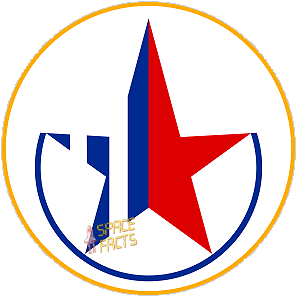 |
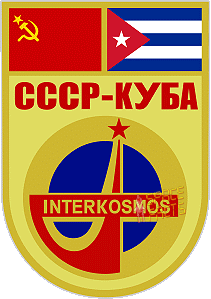 |
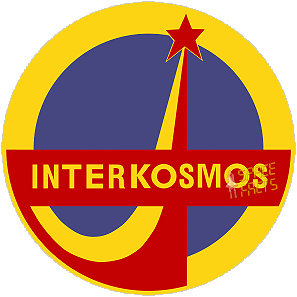 |
||
![]()
Launch, orbit and landing data
|
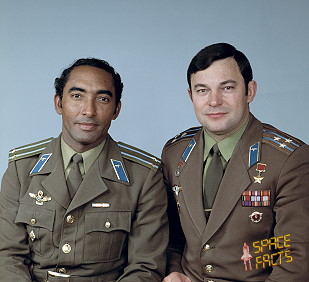 |
|||||||||||||||||||||||
alternative crew photo |
alternative crew photo |
|||||||||||||||||||||||
alternative crew photo |
alternative crew photo |
|||||||||||||||||||||||
alternative crew photo |
alternative crew photo |
|||||||||||||||||||||||
Crew
| No. | Surname | Given names | Position | Flight No. | Duration | Orbits | |
| 1 | Romanenko | Yuri Viktorovich | Commander | 2 | 7d 20h 43m 24s | 124 | |
| 2 | Tamayo Méndez | Arnaldo "Guasso" | Research Cosmonaut | 1 | 7d 20h 43m 24s | 124 |
Crew seating arrangement
|
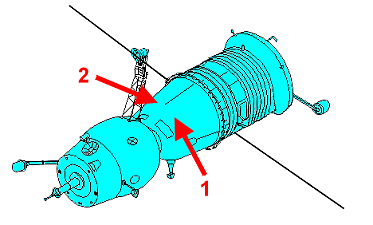 |
|
||||||||||||
Backup Crew
|
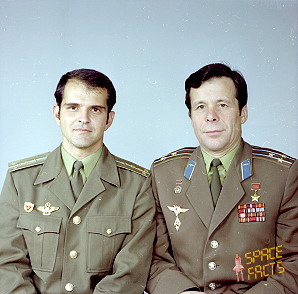 |
|||||||||||||||
alternative crew photo |
||||||||||||||||
alternative crew photo |
||||||||||||||||
alternative crew photo |
||||||||||||||||
alternative crew photo |
||||||||||||||||
alternative crew photo |
Hardware
| Launch vehicle: | Soyuz-U (No. P15000-242) |
| Spacecraft: | Soyuz 38 (7K-T No. 54) |
Flight
|
Launch from the Baikonur Cosmodrome and
landing 175 km southeast of Dzheskasgan. This spaceflight was the seventh Intercosmos mission (with Arnaldo Tamayo Méndez, the first cosmonaut from Cuba). Arnaldo Tamayo Méndez became the first black man in space. Following a one-day solo flight Soyuz 38 docked with the Salyut 6 space station on September 19, 1980. The fourth resident crew recorded the ignition and operation of the transport's main engine. As the spacecraft approached Salyut 6, the resident crew could see only its “headlights”. Arnaldo Tamayo Méndez of Cuba and Soviet cosmonaut Yuri Romanenko docked without incident. Scientific work to find reasons of the space adaptation syndrome of the crew together with the fourth resident crew was done. Other goals were Earth observation, solar observation and plant growing experiments, crystal growing experiments. The crew of Soyuz 38 carried out nine experiments: Cortex: Destined to study the electrical activity of the brain to certain stimuli and during spaceflight. Scientists wanted to analyze how brain activity was modified in space and whether or not these changes were reversible after returning to Earth. A special helmet was made for each cosmonaut in which silver electrodes were installed, as well as a headset, sound and light stimulators, amplifiers to stimulate brain electrical activity and a tape recorder. Support: Changes in the structure and function of the foot were known to make walking a little different on the cosmonauts' return to Earth. For four hours a day, Cuban cosmonaut Arnaldo Tamayo Méndez donned special shoes named Dome-Sand-501 in an attempt to determine the cause of the changes in the movement of their feet after a period of prolonged weightlessness. These results would allow advances to be made in the design of more appropriate footwear to preserve the structure of the foot in weightless conditions. Stress: Scientists at the Cuban Institute of Endocrinology and Metabolic Diseases prepared this experiment, aimed at recognizing whether the effects of psychological stress experienced during mission preparation, the launch of the flight, in weightlessness, and over many continuous working hours, caused hormonal changes in an individual. The experiment was based on an analysis of blood and urine samples taken from the crew before departure and after their return. Anthropometry: An experiment conducted to determine changes in the levels of skeletal muscle structure in cosmonauts. The tests were performed through a special instrument known as the Calibrómetro Cosmos-726, designed and built by Cuban specialists, which assessed the adipose tissue and the stimulation of body fat. Blood Circulation: This experiment sought to determine the impact weightlessness has on the human circulatory system. Tests had been carried out in previous flights and were repeated during this mission using a Chibis suit, a below-the-waist reduced-pressure device. Crew members completed exercise protocols wearing the Chibis to provide gravity-simulating stress to the body's cardiovascular/circulatory system and re-establishing the body's orthostatic tolerance after extended periods of microgravity. Negative pressure on the legs causes blood to accumulate in the lower extremities, which is the case in a gravity environment. Orthostatic intolerance has been a frequent complaint in humans returning from long-duration space flights. Hatuey: This experiment was an attempt to learn more about the effects of weightlessness on the process of cell division in the living organism. Yeast was sent aboard and observed aboard Salyut 6 for its process of cell reproduction. Immunity: Scientists analyzed blood samples before and after the flight to determine what happens to the human immune system and the concentration levels of antibodies and other proteins and minerals under conditions of weightlessness. Balance: The loss of water, fat and minerals in cosmonauts was studied during their stay in space. In this case the study became more interesting as Arnaldo Tamayo Méndez came from a tropical island country and savanna, indicating a very different situation to that in previous experiments with Soviet crew, or other countries in the area near the USSR. Sugar: This experiment studied the growth of a single crystal of sucrose in weightlessness. The Soyuz spacecraft is composed of three elements attached end-to-end - the Orbital Module, the Descent Module and the Instrumentation/Propulsion Module. The crew occupied the central element, the Descent Module. The other two modules are jettisoned prior to re-entry. They burn up in the atmosphere, so only the Descent Module returned to Earth. The deorbit burn lasted 188 seconds. Having shed two-thirds of its mass, the Soyuz reached Entry Interface - a point 400,000 feet (121.9 kilometers) above the Earth, where friction due to the thickening atmosphere began to heat its outer surfaces. With only 23 minutes left before it lands on the grassy plains of central Asia, attention in the module turned to slowing its rate of descent. Eight minutes later, the spacecraft was streaking through the sky at a rate of 755 feet (230 meters) per second. Before it touched down, its speed slowed to only 5 feet (1.5 meter) per second, and it lands at an even lower speed than that. Several onboard features ensure that the vehicle and crew land safely and in relative comfort. Four parachutes, deployed 15 minutes before landing, dramatically slowed the vehicle's rate of descent. Two pilot parachutes were the first to be released, and a drogue chute attached to the second one followed immediately after. The drogue, measuring 24 square meters (258 square feet) in area, slowed the rate of descent from 755 feet (230 meters) per second to 262 feet (80 meters) per second. The main parachute was the last to emerge. It is the largest chute, with a surface area of 10,764 square feet (1,000 square meters). Its harnesses shifted the vehicle's attitude to a 30-degree angle relative to the ground, dissipating heat, and then shifted it again to a straight vertical descent prior to landing. The main chute slowed the Soyuz to a descent rate of only 24 feet (7.3 meters) per second, which is still too fast for a comfortable landing. One second before touchdown, two sets of three small engines on the bottom of the vehicle fired, slowing the vehicle to soften the landing. The launch and landing occurred in darkness. |
Photos / Graphics
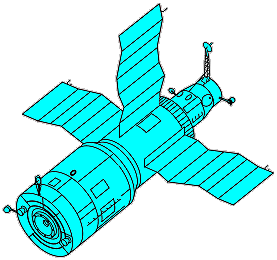 |
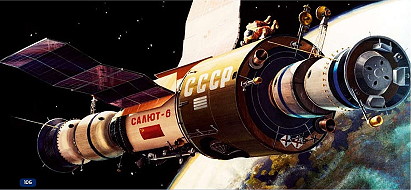 |
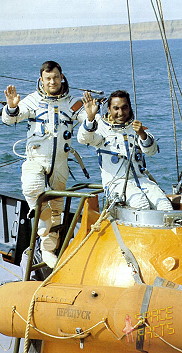 |
 |
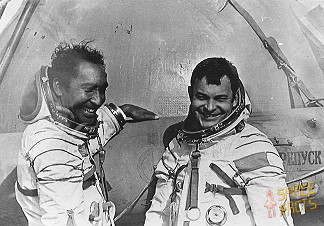 |
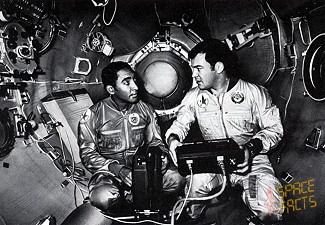 |
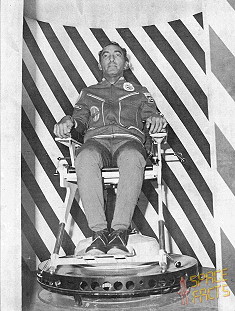 |
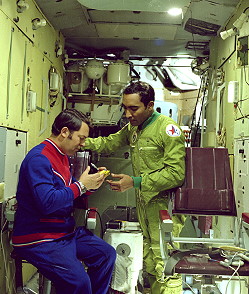 |
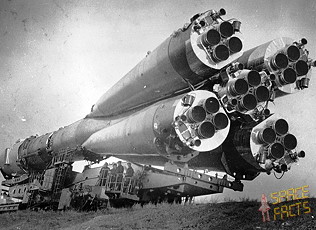 |
 |
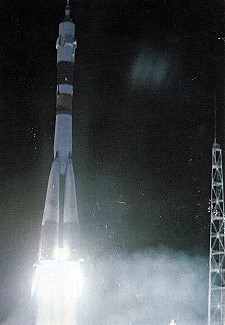 |
 |
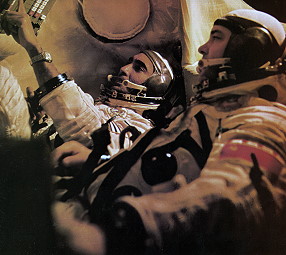 |
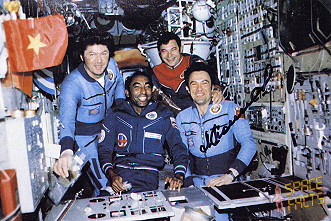 |
 |
 |
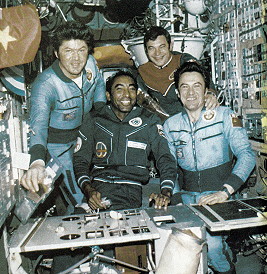 |
 |
 |
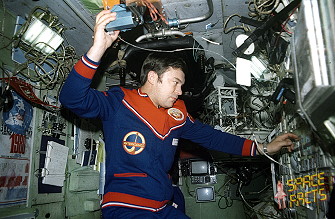 |
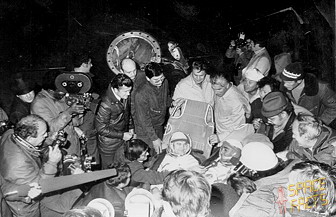 |
| © |  |
Last update on September 02, 2021.  |
 |